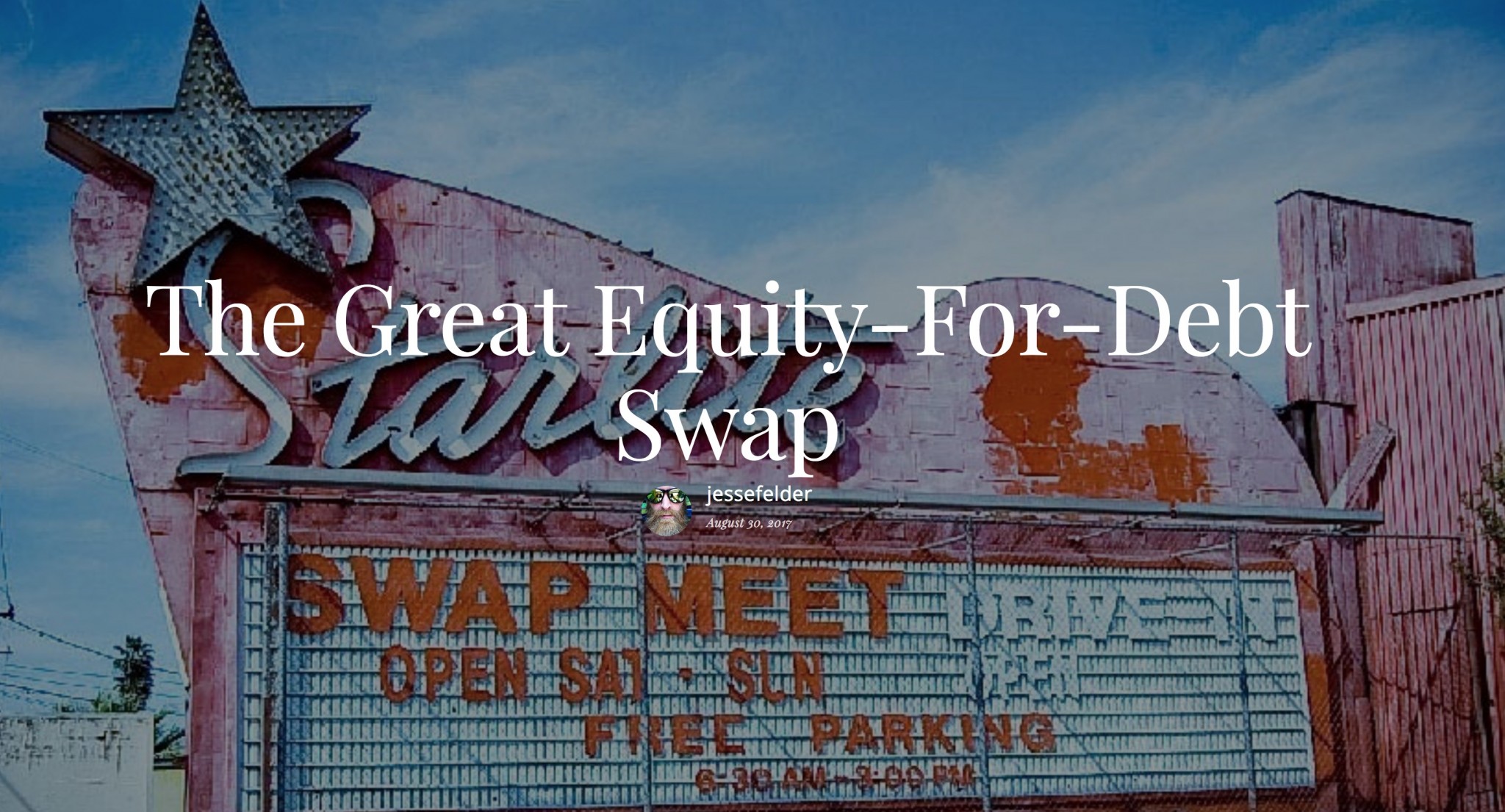by Douglas J. Peebles, AllianceBernstein
Preparing for a stock market correction ? We’ve got another thing to add to your to-do list: take a look at your fixed-income holdings, too.
Nobody knows for sure if an equity correction is imminent. But it has been nearly a decade since US stocks last posted negative returns. Since nothing goes up forever, and since corrections are historically common in equity markets, a downturn is certainly possible.
Normally, equities are negatively correlated with certain types of bonds—high-grade government bonds such as US Treasuries in particular. When equities fall in value, these bonds—we like to call them risk-mitigating bonds—usually rise. This is a big reason why bonds belong in a well-diversified investment portfolio.
But don’t make the mistake of thinking all bonds are alike. They’re not. High-yielding, return-seeking assets such as high-yield corporate bonds and bank loans are more closely correlated with equities than with other risk-mitigating bonds like Treasuries.
If you use bonds to balance out the risk in your overall asset allocation, make sure you have enough of the risk-mitigating sort. Otherwise, you may find that some of your fixed-income holdings magnify, rather than balance, your equity risk.
This is why investors shouldn’t leave the fixed-income component of their portfolios on auto-pilot. It’s always wise to keep track of changing conditions and how they might change your strategy. Stress-testing your bond portfolio can help determine if it’s properly positioned to reduce downside risk and to seize opportunities that can arise during market corrections. Here are a few things we think investors and their advisors should be doing:
1. Stress-test your portfolio and reexamine your risk tolerance. Ask yourself how much overall risk you would want to take in your bond portfolio if equities fell by 5%. What about a 10% decline? And consider your time horizon. Figuring out what you’re comfortable with now will be easier than trying to do it on the fly when markets are more volatile.
2. Maintain flexibility by avoiding the most crowded trades. US stocks aren’t the only potentially overvalued asset in the market today. Central bank policies have forced investors to hunt for yield in many of the same places, and that’s pushed up prices—enough that in some sectors it’s doubtful that investors are being compensated for the risk they’re taking. Corporate debt markets, especially bank loans, are a good example. That doesn’t mean investors should abandon these sectors. But you may not want to be as overweight these sectors as you were 18 months ago, when yields were much higher. Be selective and make investment decisions based on value, not popularity. Should something happen that makes others want to sell, investors who didn’t follow the crowd may be in a position to buy attractive assets at a reduced price.
3. Keep your portfolio liquid. When many investors want to sell the same assets at the same time, liquidity tends to dry up. That can cause exaggerated price moves, and some investors may be forced to sell at a loss. Additionally, return-seeking bond investments are notorious for losing liquidity just when rebalancing is called for. Few things are more frustrating than not being able to buy a cheap asset because you can’t sell the asset that you already hold. Investors who maintain appropriate liquidity put themselves in position to snap up those attractively valued assets. For example, it’s possible that an equity sell-off could hit high-yield bonds and other riskier credit sectors, too.
4. Stay active and consider balancing your bond risk with a barbell approach. Many people assume passive strategies are cheaper and less risky than active ones. When it comes to fixed income, they’re not. The two main fixed-income risks are economic cycle risk and credit cycle risk. Over long periods of time these tend to be negatively correlated. A blended, actively managed approach can help managers get a handle on the interaction between interest-rate and credit cycles and make better decisions about which way to lean. This type of integrated approach may be an especially good one for today’s markets, with interest rates rising and some credit assets looking expensive—and possibly vulnerable in the short run to an equity correction.
Preparing for a correction in any market can be unnerving. But it’s better than closing your eyes and hoping for the best. Are equities due for a decline? Nobody knows for sure. But even if they do fall, the decline won’t last forever. The same logic applies to bonds. Those who prepare now put themselves in a better a position to profit later.
The views expressed herein do not constitute research, investment advice or trade recommendations and do not necessarily represent the views of all AB portfolio-management teams.
Copyright © AllianceBernstein















